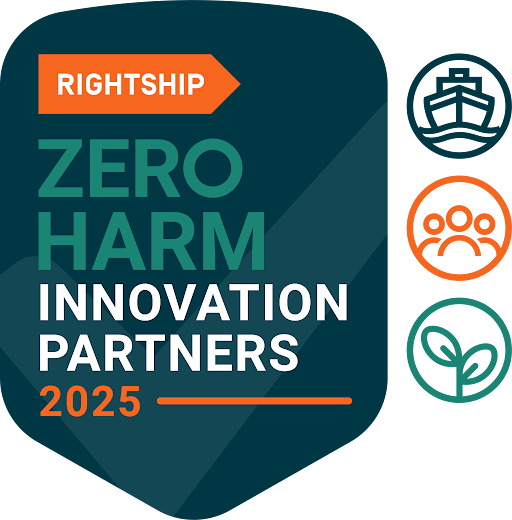Enhancing Maritime Safety through Virtual Reality: The Launch of VR Based Occupational Safety Training about Surfacing Operation
Maritime industries face unique challenges that demand the highest standards of safety training to ensure the well-being of personnel and the protection of maritime assets. Recognizing the limitations of traditional training methods in fully preparing personnel for the dynamic conditions at sea, the "Surfacing Occupational Safety VR Training" program has been developed to utilize virtual reality (VR) technology to bridge these gaps. This blog examines the program's structure, benefits, and its alignment with industry requirements.
Background: The Critical Need for Advanced Maritime Training
Operating in maritime environments presents inherent risks, ranging from navigation hazards to emergency situations that require immediate and effective response. Traditional training methods, while foundational, often cannot replicate the unpredictable nature of maritime conditions with the fidelity needed for effective learning and skill retention. The introduction of "Surfacing Occupational Safety VR Training" aims to address these challenges by providing a realistic, immersive training experience that better prepares maritime personnel for real-life situations.
Overview of Surfacing Occupational Safety VR Training
Key Features of the Training Program
- High-Fidelity Simulations: Utilizing advanced VR technology, the program creates realistic maritime scenarios that include visual, auditory, and tactile feedback, enhancing the realism of the training environment.
- Interactive Learning Modules: The training allows for active participation where trainees can make decisions and interact with the environment, facilitating a deeper understanding and retention of safety procedures.
- Adaptability and Customization: Scenarios can be tailored to address specific operational needs or focus on particular skills, making the training relevant and directly applicable to the trainees' roles.
- Immediate Feedback Mechanism: The VR system provides real-time feedback on decisions and actions, enabling trainees to learn from mistakes in a no-risk environment.
- Safe, Controlled Setting: All training takes place within a virtual space, eliminating the physical risks associated with traditional hands-on training methods.
Benefits of VR in Maritime Safety Training
- Enhanced Skill Acquisition: VR training has been shown to improve the speed and retention of complex skills by immersing trainees in lifelike scenarios that enhance cognitive and muscle memory.
- Operational Cost Reduction: By reducing the reliance on physical resources, travel, and site-specific training setups, VR can decrease the overall cost of comprehensive safety training programs.
- Increased Engagement and Motivation: The interactive and engaging nature of VR training helps maintain trainee interest and motivation, potentially leading to higher completion rates and better performance.
- Flexibility in Training Deployment: VR systems are portable and scalable, offering the ability to conduct training sessions almost anywhere, which is particularly advantageous for organizations with widespread operational areas.
Implementing VR Training: Considerations and Strategies
Integrating VR into existing training programs requires careful planning and consideration of both technical and organizational factors. Organizations must assess hardware and software requirements, ensure instructors are adequately trained in VR delivery, and align training modules with specific safety standards and regulatory requirements.
Conclusion
The "Surfacing Occupational Safety VR Training" program significantly advances maritime training technology. By integrating VR, maritime organizations can enhance the effectiveness of their training programs, better preparing personnel for the complexities of modern maritime operations. As the industry continues to evolve, embracing innovative technologies like VR in training protocols is essential for maintaining the highest standards of safety and operational efficiency.
For more information on how the "Surfacing Occupational Safety VR Training" can be integrated into your safety training curriculum or to request a demo, please contact us below. We are committed to providing solutions that meet and exceed industry safety standards, preparing your teams for the challenges of tomorrow.
Contact us





